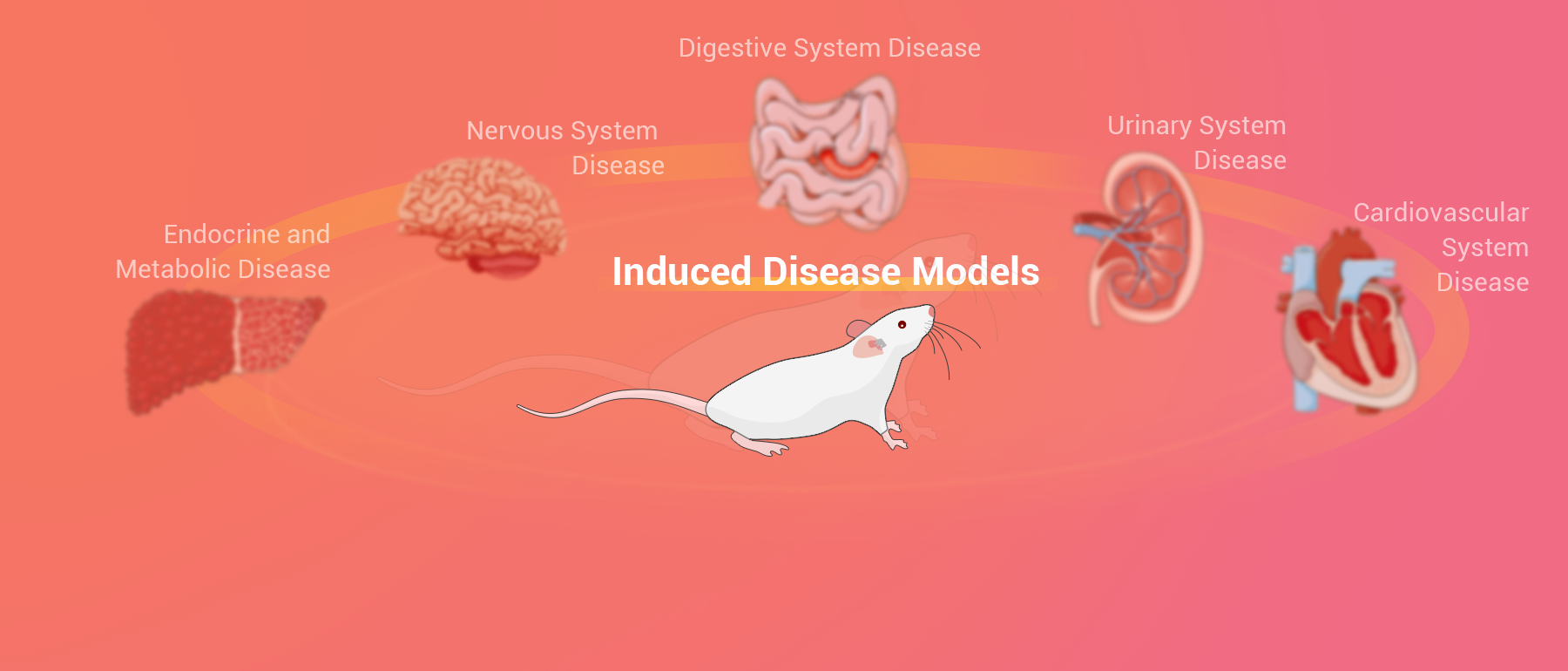Research in immunology and inflammation is advancing rapidly, with animal models playing an integral part. While in vitro experiments have their place, they can’t satisfy all scientific inquiries. Therefore, we’re here to guide you on how to quickly establish immunology and inflammatory disease models through induction. Let’s take your research one step further!
Immune-mediated inflammatory diseases (IMID)
Innate immunity serves as the semi-specific, frontline defense mechanism against tissue injury, trauma, and pathogenic invasions. It ignites the adaptive immunity, and together they work in a highly regulated fashion to establish and preserve tissue homeostasis. However, disruptions in this interaction can cause chronic inflammation and autoimmunity, leading to the development of immune-mediated inflammatory diseases (IMID).
IMIDs encompass conditions such as rheumatoid arthritis, connective tissue disorders, skin inflammation conditions like psoriasis and atopic dermatitis, inflammatory bowel disease, asthma, and autoimmune neurological diseases. Over recent years, the incidence of IMIDs has been on the rise, with no definitive cure currently available. Hence, animal disease models have become crucial for disease characterization, target identification, and in-vivo evaluation of potential therapeutic drugs and treatment methods.
In this issue, we will introduce several popular disease models and common chemical induction methods in the research of immune and inflammatory diseases.
Inflammatory Bowel Disease (IBD) Models
Inflammatory bowel disease (IBD) is a persistent condition characterized by immune-mediated inflammation of the gastrointestinal tract. The two primary forms of IBD are Crohn’s disease and ulcerative colitis, both of which typically present symptoms like chronic diarrhea (potentially with bleeding), abdominal pain, and weight loss.
Chemically-induced colitis models commonly use trinitrobenzene sulfonic acid (TNBS), oxazolone, and dextran sulphate sodium (DSS). TNBS triggers a Th-1 immune response, oxazolone stimulates a Th-2 response, while DSS impacts both the Th-1 and Th-2 cytokine profiles.
Rheumatoid arthritis (RA) Models
Rheumatoid arthritis (RA) is an autoimmune disease causing chronic joint inflammation leading to bone and cartilage damage. Various adjuvants are used in animal models, like the Adjuvant-Induced Arthritis (AIA) model, to study RA. The most studied models include Collagen-Induced Arthritis (CIA) and Complete Freund’s Adjuvant (CFA)-induced arthritis.
Encephalomyelitis (EAE) Models
Multiple sclerosis (MS) is the quintessential inflammatory demyelinating disorder affecting the central nervous system (CNS). The Experimental Autoimmune Encephalomyelitis (EAE) model reproduces key MS features like CNS inflammation and blood-brain barrier disruption, making it invaluable for MS research. Researchers can induce EAE in rodents using peptides such as myelin oligodendrocyte glycoprotein (MOG 35-55) and myelin protein lipoprotein (PLP139-151).
That concludes our introduction for now. In the next installment, we will continue with Series Two of our immunology and inflammatory mouse models!
